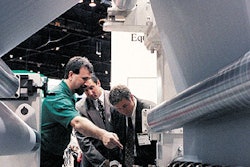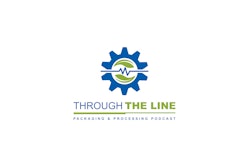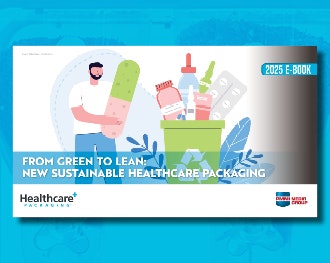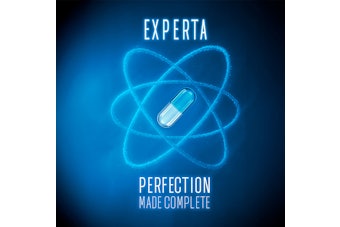• Consider a unique package shape. Whether tablet, liquid, grain-based, or other product, it will lead to a decision on the type of packaging to be used. Don't settle for an easy answer. Perhaps a unique bottle shape or a modular carton configuration could make the packaging more effective.
• The brand identity should be recognizable and memorable. Look for a unique name, logo, and color scheme. These elements, along with the styling of the logo, will communicate the brand personality. It can communicate strength, fast-working, mild, etc.
• Graphics should be simple and informative. Packages are small, so make the product understandable with as little copy as possible in order to keep it uncluttered. Avoid unnecessary ancillary elements on the front of the package.
• Use graphics to reflect your price and value strategy.
• Do not overpackage. If you can use a primary package without any overwrap, you save money and contribute to a better environment.
In this issue of Healthcare Packaging, Herbert Meyers and Richard Gerstman begin an exclusive report on package design for healthcare products. Decades-long thought leaders in branding and package design, the two founded Gerstman+Meyers (now Interbrand) in 1970. They've serviced many of the most notable pharmaceutical companies in the world and recently co-authored the book The Visionary Package.
Packaging for nutraceuticals
Herb Meyers reports, "The marketing of nutraceuticals is a fairly recent phenomenon. Many of these products relate to prescription and over-the-counter drugs. The challenges: How to identify these products in relation to their pharmaceutical cousins, how much to differentiate them, and how to identify their benefits."
--By Richard Gerstman



















